1. Definition of the Internet
The Internet, often referred to as the “network of networks,” allows for global connectivity through a massive infrastructure that spans continents. It enables users to access data, share information, and communicate instantaneously. It operates on the basis of standard communication protocols that define how data is transmitted and received. This connectivity is not just limited to computers but extends to various devices, including smartphones, IoT devices, and smart appliances.
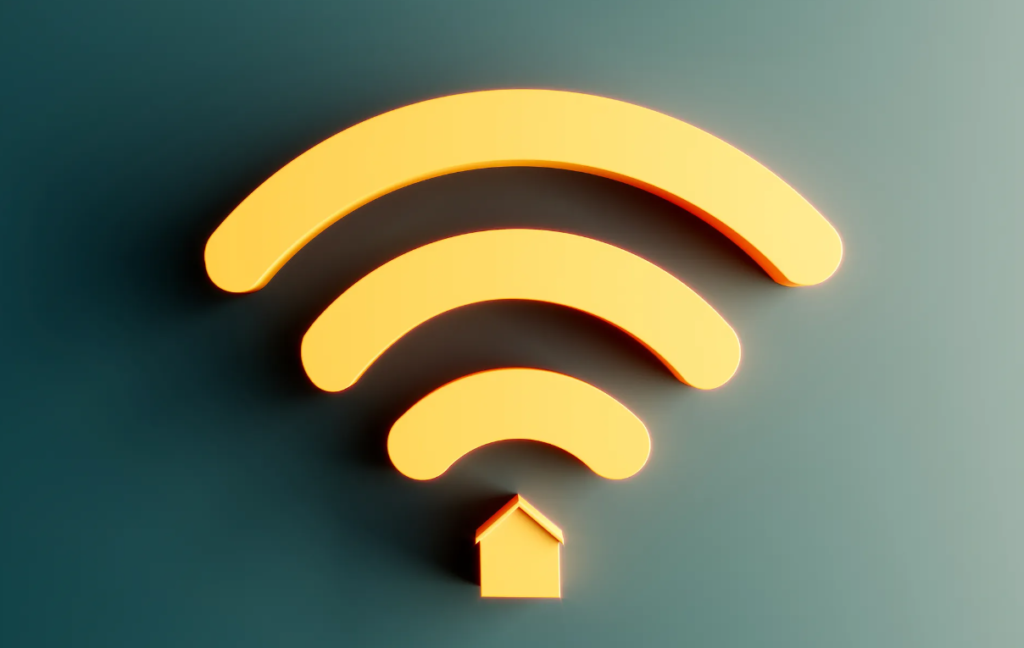
- Connectivity: The Internet connects local and wide area networks (LANs and WANs), ensuring communication across different geographical areas.
- Decentralized Network: Unlike traditional communication systems, the Internet has no single point of control, which makes it robust and fault-tolerant.
- Data Exchange: Facilitates the transfer of data packets through routers and switches, ensuring efficient communication.
2. The History of the Internet
The history of the Internet is a tale of continuous development by researchers, government agencies, and educational institutions. It started with the U.S. Department of Defense’s ARPANET in the late 1960s, which sought to create a network that could withstand partial outages during wartime.
- Pre-ARPANET: Initial work was based on packet-switching, a method of breaking data into small packets to be sent individually and reassembled at the destination.
- The Role of Universities: Key research universities, such as UCLA and MIT, were involved in ARPANET experiments.
- Transition to Modern Internet: The integration of TCP/IP allowed for a unified communication protocol, laying the foundation for the rapid expansion of interconnected networks in the 1980s and 1990s.
3. Major Elements of the Internet
The Internet’s core elements include infrastructure, protocols, software, and content.
- Infrastructure: Fiber optic cables, satellites, and data centers form the backbone of the Internet, supporting vast data transfer.
- Protocols and Standards: TCP/IP is the fundamental protocol that governs data exchange, ensuring packets are sent and reassembled in order.
- Software: Browsers, web servers, and cybersecurity software make the Internet accessible and secure for users.
- ISPs: Internet Service Providers connect users to the Internet, acting as gateways that facilitate network access.
4. How the Internet Works
Understanding how the Internet works involves knowledge of data transfer protocols, routing, and the client-server model.
- Data Transfer: When data is sent from one device to another, it is divided into packets. Each packet can take a different route to the destination, where they are reassembled.
- Routing and Nodes: Routers determine the best path for each packet, optimizing for speed and reliability.
- DNS Function: The Domain Name System (DNS) translates human-readable domain names like “example.com” into IP addresses, making it easier for users to access websites without memorizing numerical addresses.

5. Hardware and Software to Use and Operate the Internet
The operation of the Internet relies on a symbiotic relationship between hardware and software components.
- Hardware Components:
- Modems: Convert digital data to analog for transmission over traditional phone lines and vice versa.
- Routers: Direct traffic between devices and networks, enabling data to reach its correct endpoint.
- Servers: Store, process, and serve content or applications over the Internet.
- Software Components:
- Web Browsers: Serve as the interface for users to access the WWW.
- Networking Software: Used by network administrators for maintenance and troubleshooting.
- Antivirus Programs: Protect users and servers from malware and cyber threats.
6. The Major Components of the Internet
Breaking down the major components of the Internet reveals the structure that supports its global operation.
- ISPs: Provide the bandwidth and infrastructure needed for users to connect to the Internet.
- Web Servers: Host websites and content, responding to client requests via HTTP/HTTPS.
- Networking Devices: Routers, modems, and switches are critical in managing the flow of data across the network.
- Storage Systems: Cloud servers and data centers allow for data storage and retrieval on a large scale.
- User Devices: Smartphones, laptops, and desktop computers are gateways through which people access the Internet.
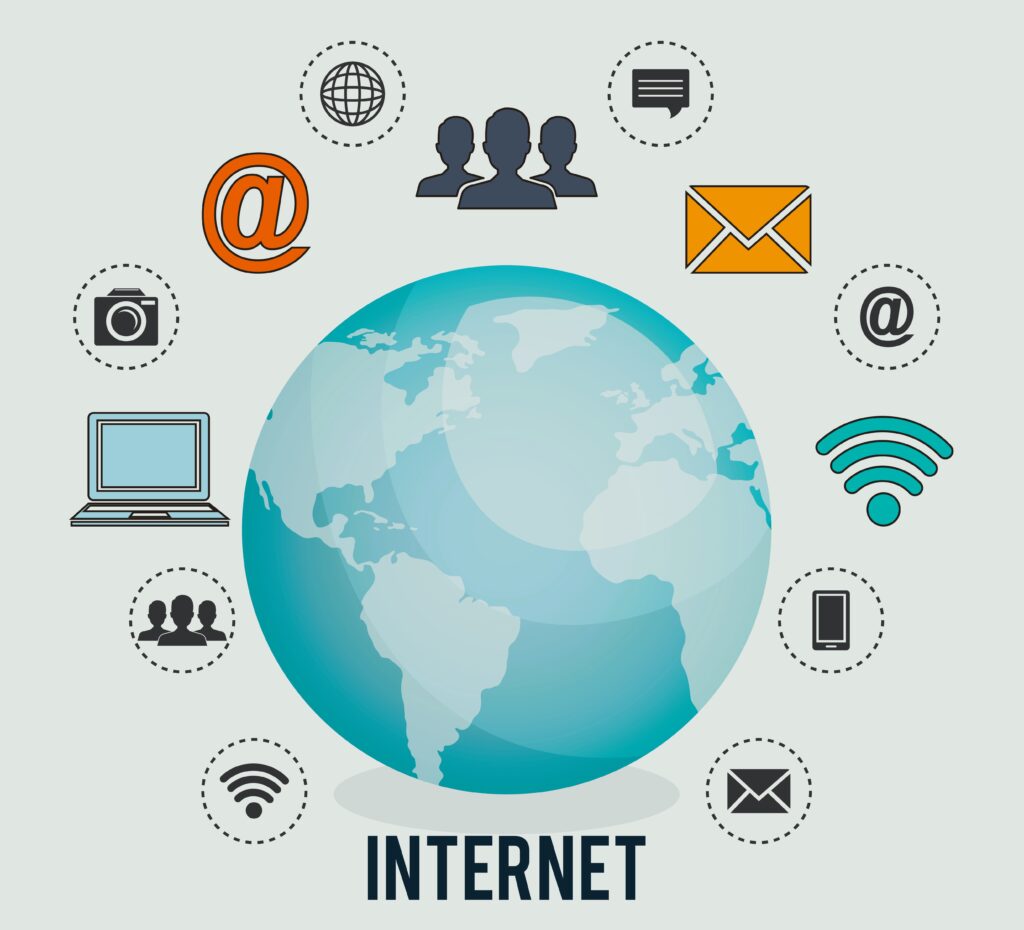
7. Origin and Development of the Internet
From ARPANET to a global network encompassing billions of users, the Internet’s development is marked by technological innovation and collaborative progress.
- ARPANET’s Expansion: Initially, only a few nodes were connected. By the 1970s, ARPANET linked multiple universities and research facilities.
- Introduction of Email: One of the first “killer applications” of the Internet was email, revolutionizing how people communicated.
- Advent of the WWW: Tim Berners-Lee’s creation of the World Wide Web introduced hyperlinked web pages, drastically changing how information was accessed and shared.
8. Who Controls and Contributes to the Internet System?
The Internet’s control is distributed across multiple organizations that contribute to its standards, protocols, and development.
- ICANN: Manages domain name registries and ensures the uniqueness of IP addresses.
- IETF: Develops and maintains Internet standards such as HTTP, FTP, and SMTP.
- ISPs and Corporations: Giants like Google and Amazon have significant control over data centers and content distribution.
- Regulatory Bodies: Governments play a role in enforcing laws related to privacy, data protection, and cybersecurity.
9. The Role of the Internet in Modern Communication and Networking
The Internet has redefined communication, making it instant, global, and multifaceted.
- Social Media: Platforms like Facebook and Twitter allow people to share experiences and news in real-time.
- Video Conferencing: Tools like Zoom and Microsoft Teams enable virtual meetings, facilitating remote work.
- Email and Messaging Apps: Provide secure and fast communication channels, replacing traditional mail and phone calls.
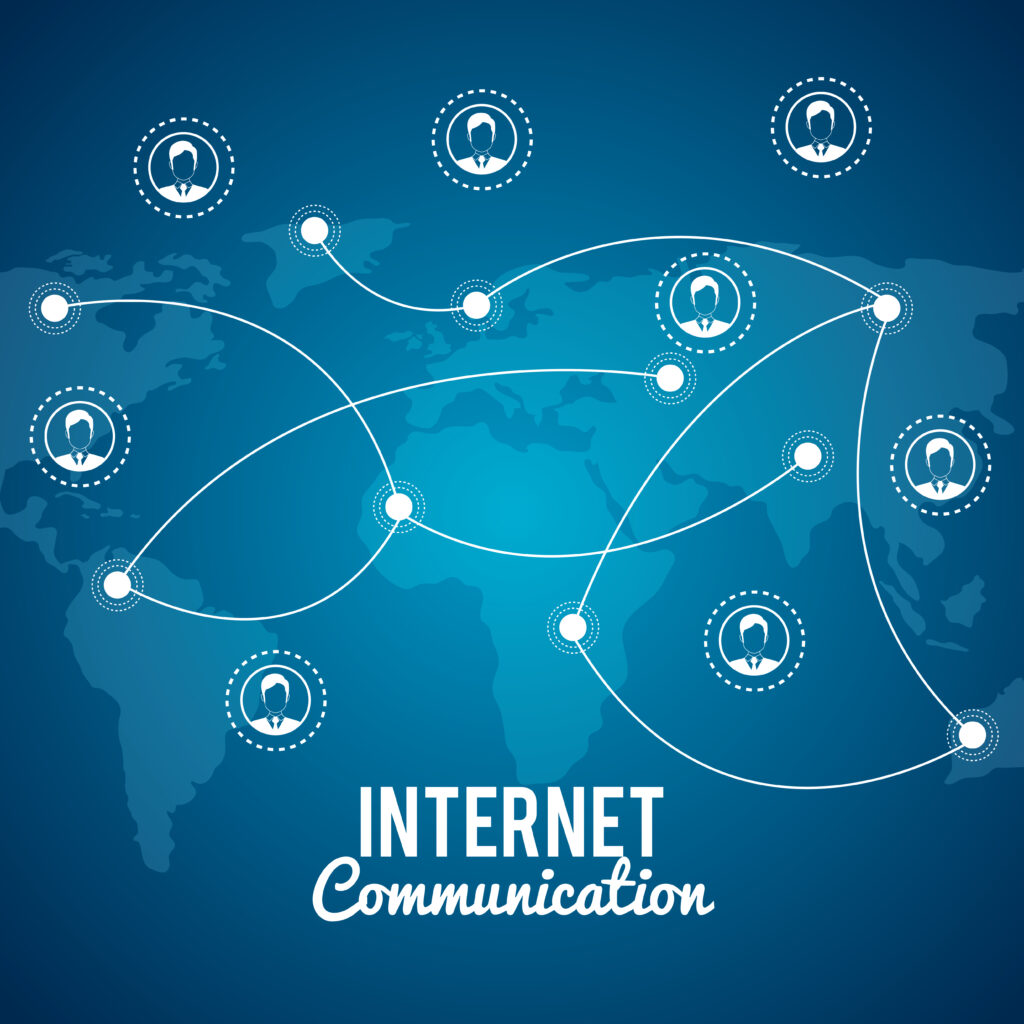
10. Differences and Similarities Between WWW and the Internet
Clarifying the distinction between the Internet and the World Wide Web is essential for understanding their functions.
- The Internet as Infrastructure: It connects computers and devices for all forms of digital communication.
- The WWW as a Service: It uses the Internet to share hyperlinked documents and resources through web pages.
- Similarities: Both utilize the TCP/IP protocol to transmit data.
- Differences: The WWW is accessed via web browsers, while the Internet encompasses all digital communications, including email and file transfers.
11. Key Features of the Internet
The Internet’s capabilities go beyond simple connectivity, enabling a host of complex interactions.
- Accessibility: The Internet reaches billions of users worldwide, promoting equal access to information.
- Interoperability: Works across various platforms, from Windows PCs to Android devices.
- Scalability: Can handle the increasing number of devices without compromising speed or reliability.
- Decentralized Nature: Multiple networks collaborate without a single point of failure.
12. Uses of the Internet
The Internet serves various purposes that impact personal and professional lives.
- Communication: Instant messaging, emails, and social networks.
- Education: E-learning platforms like Coursera and Khan Academy provide knowledge access globally.
- Business: E-commerce giants like Amazon facilitate trade, while cloud services support remote work.
- Entertainment: Streaming services like Netflix offer endless content.
13. The Internet’s Security System
Internet security is critical in safeguarding data, ensuring privacy, and protecting against cyber threats.
- Encryption: SSL/TLS protocols secure data during transmission.
- Firewalls: Protect networks from unauthorized access and cyberattacks.
- Authentication: Two-factor authentication (2FA) adds an extra layer of security.
- Vulnerabilities: Despite measures, threats like phishing and ransomware persist.
14. Social Impacts of the Internet
The Internet’s influence is profound, touching on both positive and negative aspects of society.
- Positive Impacts: Increased awareness of global issues, access to information, and empowerment of marginalized communities.
- Negative Impacts: Privacy invasion, online harassment, and the potential for addiction.
15. Benefits of the Internet
The Internet offers unparalleled advantages that facilitate progress across various sectors.
- Economic Boost: Supports new business models and startups.
- Convenience: Reduces the time spent on communication and transactions.
- Global Knowledge Base: Anyone with an Internet connection can access vast amounts of information.
16. Merits and Demerits of the Internet
While the Internet has transformed the world, it comes with its challenges.
- Merits:
- Efficiency: Speeds up processes and boosts productivity.
- Connectivity: Bridges the gap between distant locations.
- Demerits:
- Cybersecurity Risks: Susceptibility to data breaches.
- Social Concerns: Misinformation, disinformation, and negative psychological effects.
The Internet is an indispensable part of our modern world, with vast applications and benefits. Yet, it comes with its challenges and risks. By understanding its workings, history, and impacts, we can harness its potential while mitigating the drawbacks.

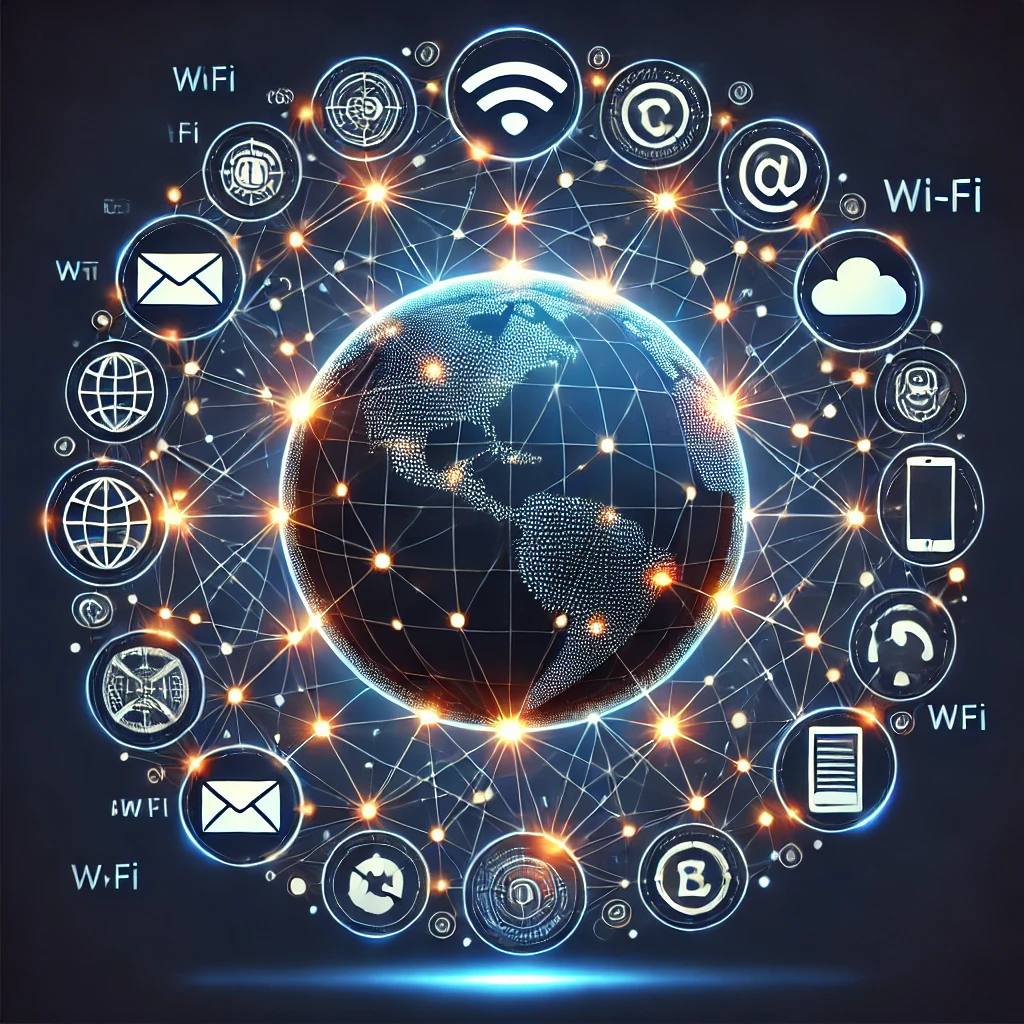


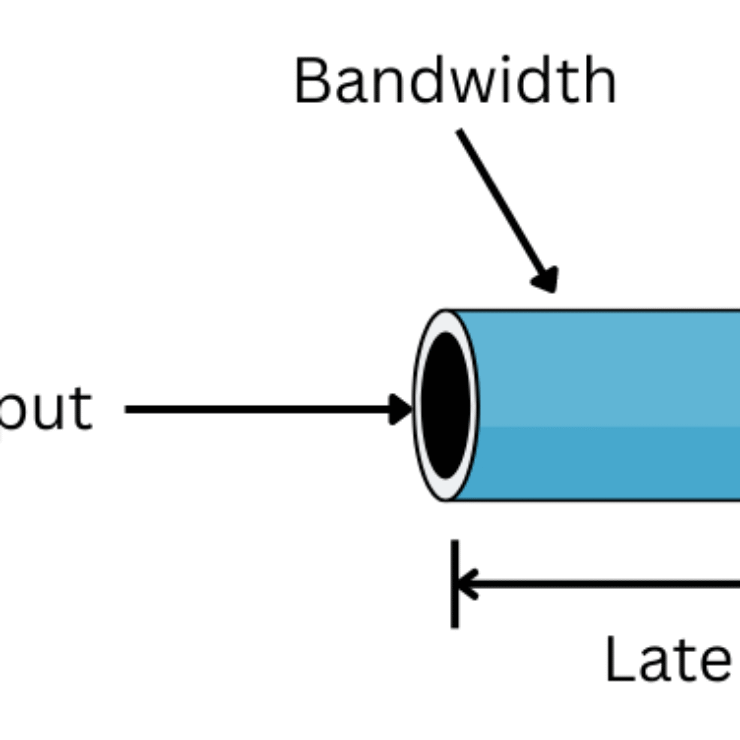
I’m extremely inspired together with your writing talents and also with the layout to your blog.
Is this a paid subject matter or did you modify it yourself?
Either way keep up the excellent high quality writing,
it is rare to look a nice weblog like this one these days.
Beehiiv!
Thank you for commenting. Please stay in touch with us.